Planting onions before winter: is it possible to plant after carrots
Compliance with the rules of crop rotation increases crop yields, reduces material and labor costs. Crop rotation rules determine the order of planting, thereby preserving the fertility of the land. Many gardeners, in violation of the correct sequence, lose a significant part of the harvest due to poor soil or disease. The correct combination of crops has a beneficial effect on the yield and increases the potential of the soil.
The content of the article
Onion crop rotation rules
Onions are not a capricious crop, but ignoring the rules of crop rotation, you can disrupt its full development.
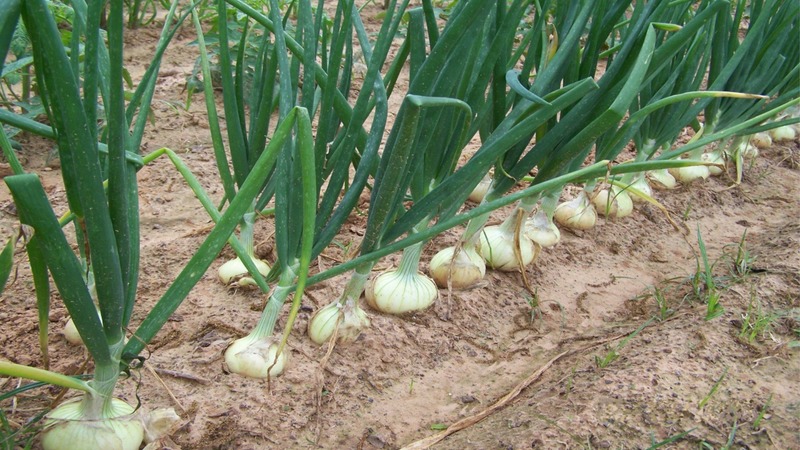
Crop rotation rules are agricultural practices, the purpose of which is - rationally use the soil and saturate with useful elements in a natural way. Rational use of land implies a competent rotation of crops. Thanks to this, the soil not only rests, but also heals. Many plants do not deplete the soil, but, on the contrary, fill it with useful compounds necessary for the full development of other crops.
Agrarians identify three main reasons why crop rotation must be observed:
- When the same plants are planted in one place for several years in a row, the soil is depleted, pathogens and pests accumulate in the ground, and the risk of infectious outbreaks increases.
- Increase in the level of toxins in the soil. Most plants release toxic substances into the top layer of the soil - colins. Many crops are susceptible to their toxins, which leads to degeneration and disease when plants are planted in the same place.
- Soil depletion. Garden crops consume nutrients from the soil. When they are planted in the same place, there is a catastrophic lack of nutrition, for this reason the plant does not fully develop.
It can be useful:
What can be planted after the onion for the next year, and what not
Beware, onion fly: how to fight and win
How to properly water onions in the open field and in the greenhouse
The main rule of crop rotation for onions - do not plant it for more than three years in the same bed. Onions consume a lot of nutrients, in three years they are able to completely deplete the soil. Lack of nutrients will negatively affect the immunity of the plant, and the risk of diseases will increase.
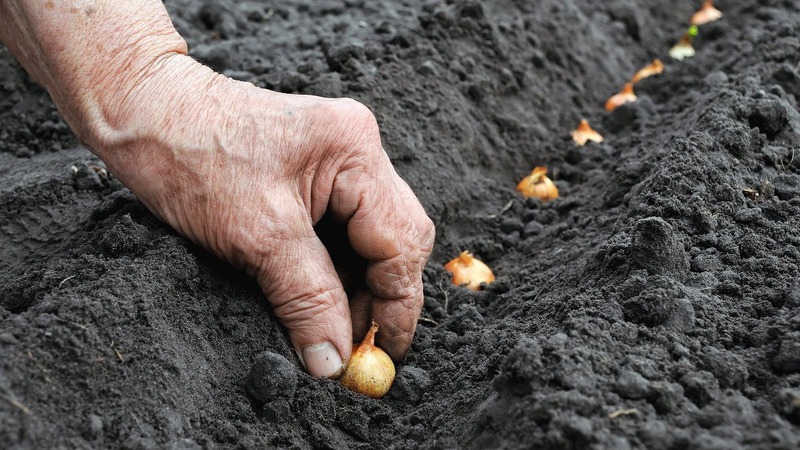
As for the soil composition, for him requires a light and fertile soil with neutral acidity... For fertility, organic matter is introduced into the ground with mineral fertilizers, in addition to fresh manure. Wood ash is considered a good feeding. The acidity is determined using a litmus indicator or by the presence of plants such as sorrel, poppy or lupine on the site.
Reference! To determine acidity using litmus paper, you need to dissolve a little earth in a glass of water. Dip the indicator into the solution. If it turns red, the soil is acidic. Green indicates normal acidity.
The acidity level is reduced by introducing dolomite flour or hydrated lime into the soil.
Characteristics of culture
Is it possible to plant onions after carrots before winter? What difficulties will you have to cope with in order to grow a winter set and what rules should be followed when growing carrots? To answer these questions, consider the characteristics of each culture.
Onion
This perennial herb belongs to the onion family... You can grow from seeds (nigella) and from seedlings. It is sown in open ground in late April - early May. The plant is cold-resistant, withstands slight frosts. Sevok is planted in spring or before winter, the average ripening period is 70-110 days.
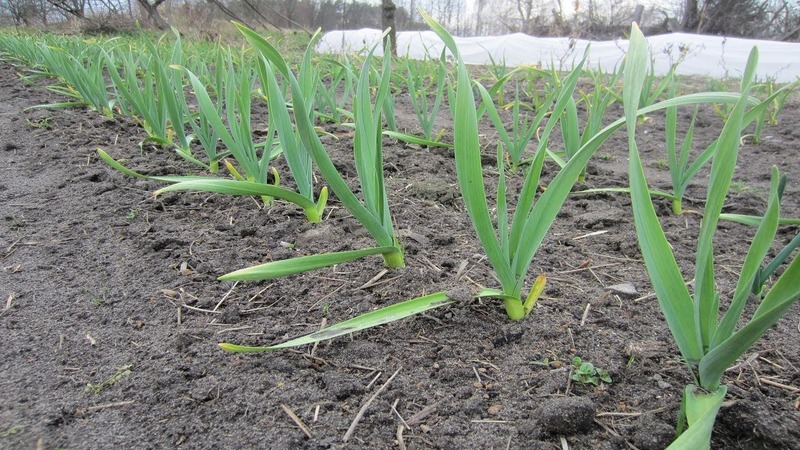
For the full development of culture, it is necessary moderately moist soil with good air exchange. The soil is often drained for better oxygen penetration.
Fertilizers are applied long before sowing, since the culture loves well-fertile soil. During the growing season, no more than three dressings are carried out, excluding organic matter and fresh manure. Organic matter - chicken droppings or mullein - is introduced into the ground during the autumn and spring digging.
Basic elements for full development - phosphorus, potassium and nitrogen.
Carrot
Carrots are a biennial herb from the umbrella family... Sowing is performed both in spring and before winter. For the summer, only late-ripening carrots are planted, and cold-resistant early or mid-ripening varieties are used for autumn sowing. Seeds of cold-resistant varieties are able to germinate at a temperature of + 3 ... + 5 ℃. At lower rates, the seed material will not germinate. Spring sowing begins at the end of April, and planting in the southern regions is possible from March.
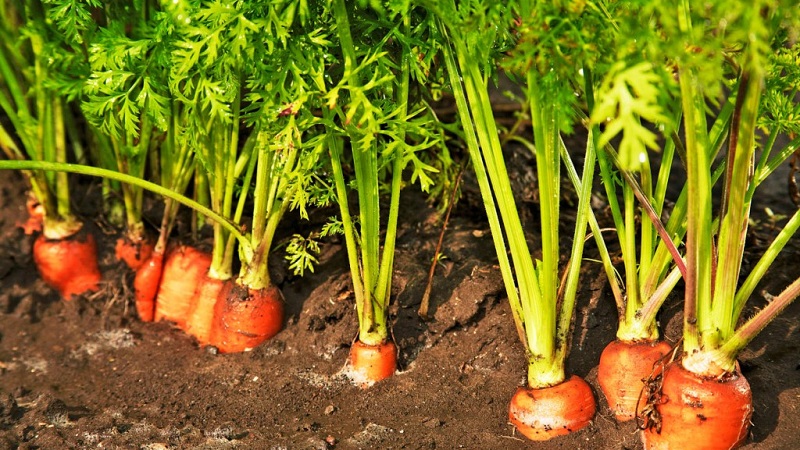
Carrot beds are organized in a sunny place, this vegetable is light-requiring. In a shaded space, the formation of root crops will slow down significantly.
The soil should be light and loose, loamy or peaty soil is considered ideal. The culture is demanding on moisture and needs regular watering. It is not recommended to allow the soil to dry out. All nutrients are added to the soil before sowing seeds. During the growing season, only magnesium fertilizers are used.
Is it possible to plant winter onions after carrots
You can plant onions after carrots before winter, as they mutually complement each other. In general, carrots are among those plants, after which almost all crops can be planted.
It is also permissible to plant carrots after onions. Onions, like carrots, are among those plants, after which many crops are fully developed.
But not only after the carrot is the winter set. is he will feel good in those beds where they previously grew:
- siderates;
- tomato;
- cucumbers;
- salad;
- cabbage of any kind.
Experienced gardeners it is advised to plant sevok after potatoes... The main thing is to make sure that the soil is not infected with golden nematodes.
It is not recommended to plant onions and carrots after celery.
Reference! The soil is saturated with phosphorus and potassium before planting.
Winter onions can be used not only after carrots, but also plant these two plants in the same garden bed. Mixing or planting too often will adversely affect carrots. The sevok will germinate faster and will interfere with the growth of the carrots. But a delimited planting will improve living conditions: the plants will protect each other from the invasion of pests.
Attention! Nitrogen is not used as a top dressing for winter plantings to avoid increased growth in winter.
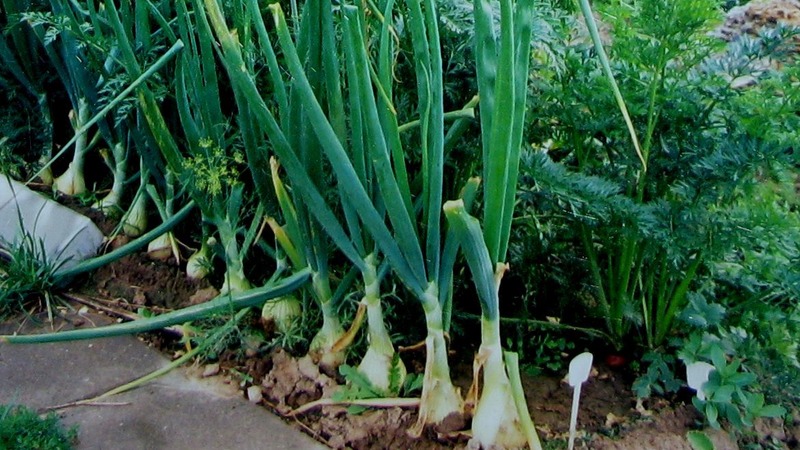
After what other crops can onions be planted
Most crops of the Solanaceous family are considered suitable predecessors for onions and siderates:
- legumes;
- tomatoes;
- cucumbers;
- dill;
- parsley;
- radish;
- mustard;
- oats.
In addition to its predecessors, each culture is characterized by a certain neighborhood... Plants that are beneficial to each other help in development, while incompatibility leads to lower yields.
Vegetables are not the only good neighbors for onions. It will take root very well next to strawberries. The beneficial proximity of these plants facilitates the assimilation of nutrients from the soil. Beets have a similar effect. Allowed the proximity of onions with cabbage, lettuce, radish and thyme.
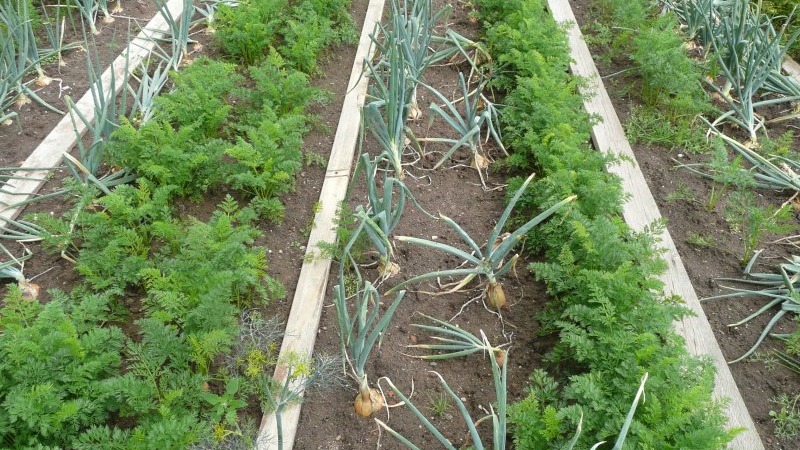
When growing an onion crop, only for feathers is allowed first plant radishes or spinach, and after the harvest, immediately sow the seedlings.After green onions, legumes are most often planted in order to make up for the lack of nitrogen in the soil.
Read also:
Harvesting and storing onions: when it's time to dig from the garden
After that, planting onions is not recommended.
Crop rotation rules are not recommended to plant onions after:
- garlic;
- corn;
- sunflower;
- alfalfa.
In addition to the listed plants, it is not recommended to plant onions after the onions themselves. - the land needs a three-year rest.
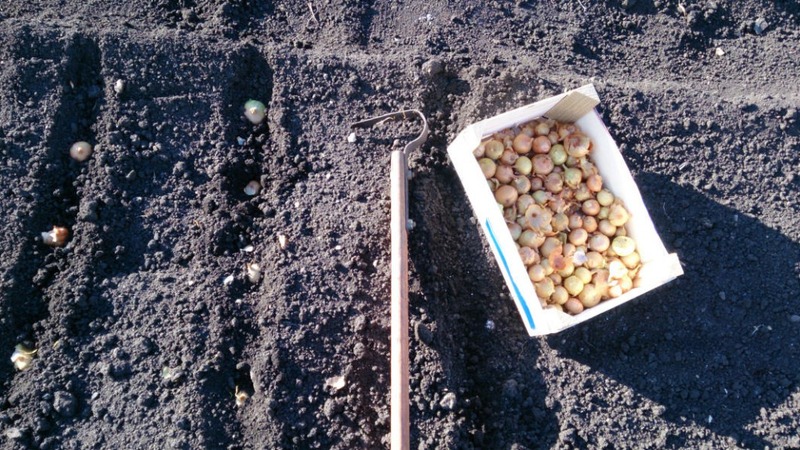
Gardener tips and tricks
Gardeners with experience talk about the unpretentiousness of the plant. But if the rules of crop rotation are not followed, a crop yield decrease is noted and an increased risk of developing diseases:
- Winter sowing is planted in clear weather three weeks before the onset of frost. The optimum temperature for sowing is + 5 ℃.
- Be sure to hold the planting material next to the battery to warm it up for 10 hours.
- Do not create excess moisture in the beds - it leads to putrefactive processes.
- Do not use fresh manure for feeding.
Conclusion
Despite the unpretentiousness of the onion, failure to comply with the rules of crop rotation leads to a decrease in its yield, loss of immunity and depletion of the soil. It is important to consider not only predecessors, but also neighbors. Rational use of the land will allow maintaining the productivity of crops and soil fertility, while incompatible plants will hinder each other's development.